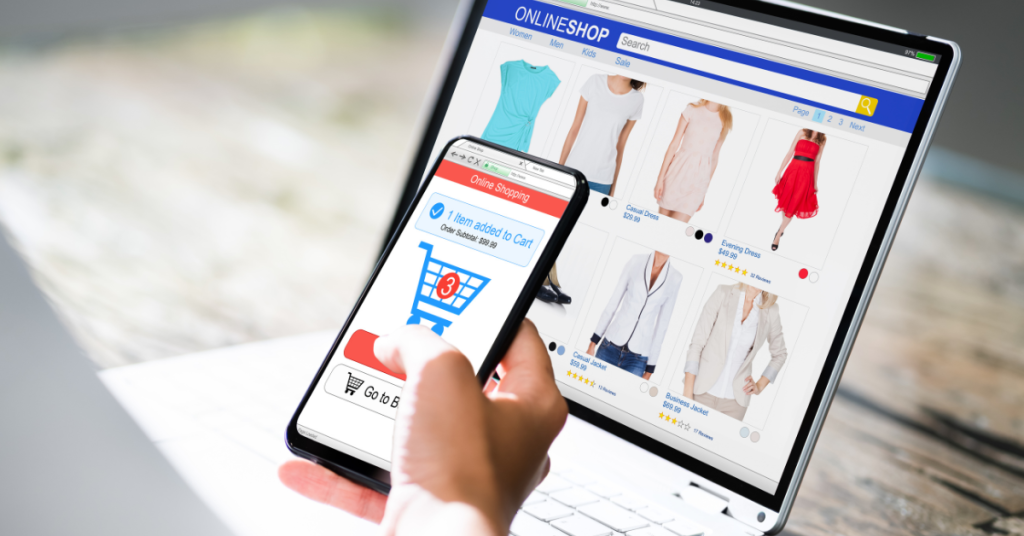Online shopping has made buying easier, faster—and more tempting than ever. With just a few taps, you can have almost anything delivered to your doorstep. But if you’re not careful, those “add to cart” moments can slowly drain your wallet.
According to Genesis Kelly Lontoc, a Registered Financial Planner, the key to smarter shopping is asking yourself one important question:
“Can I really afford this based on what I currently earn?”
“It’s important that the total of both the active income and passive income of individuals becomes the starting point,” Lontoc told Financial Adviser PH. “Online shoppers should still live within their means. We should not spend what we do not have.”
Impulse buying can feel harmless, especially when it’s just a few hundred pesos at a time. But over time, those small purchases can snowball into debt. If your spending is higher than your income, you could end up in what Lontoc calls a “vicious debt cycle.”
To avoid that, Lontoc recommends budgeting based on income—and building in safeguards like an emergency fund for essential online purchases. She also encourages Filipinos to look at ways to raise income through professional development and multiple income streams.
The best way to avoid the debt trap? Plan purchases ahead of time. Instead of scrolling through deals and acting on impulse, create a monthly shopping list based on your needs, goals, and budget. Always check your income first—and not your credit limit.
“Online shopping must be aligned with our goals and priorities in life,” Lontoc said. “Budgeting helps us make intentional choices, especially when resources are limited.”
With inflation, rising costs, and the ease of e-commerce, now’s the time to be more mindful with every peso. Ask yourself the right questions before hitting “checkout”—your future self will thank you.
![]()



